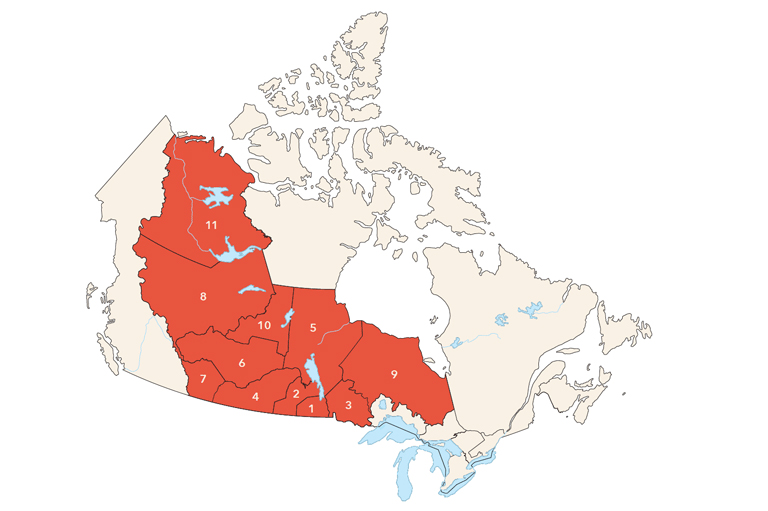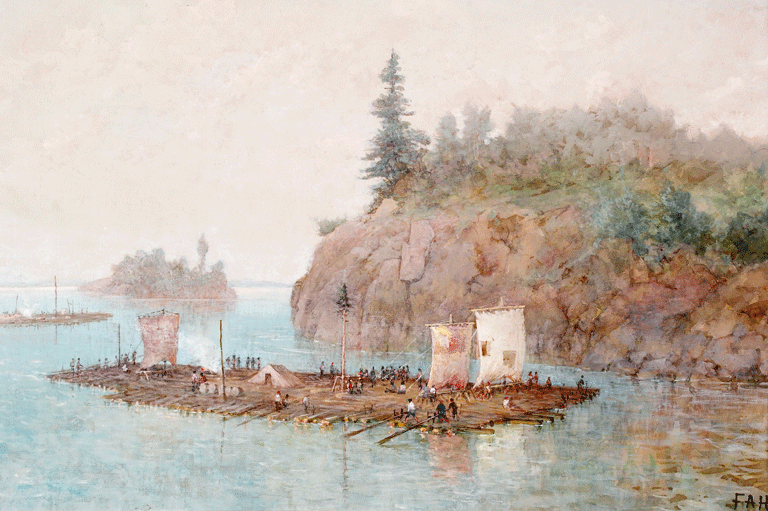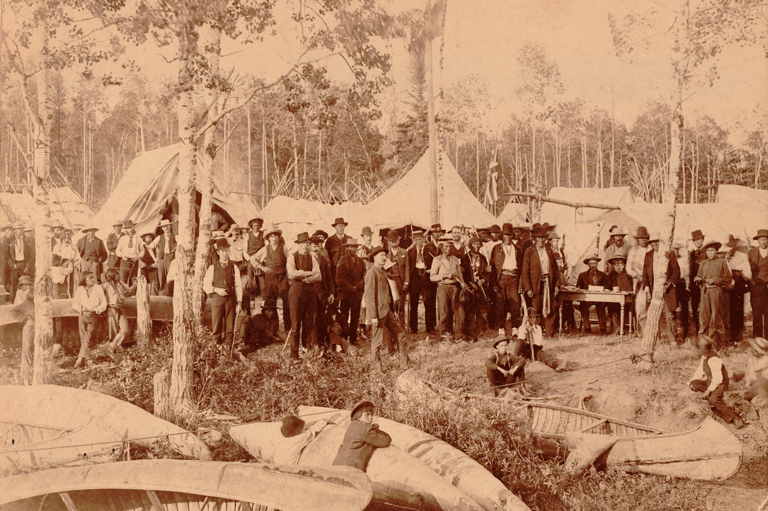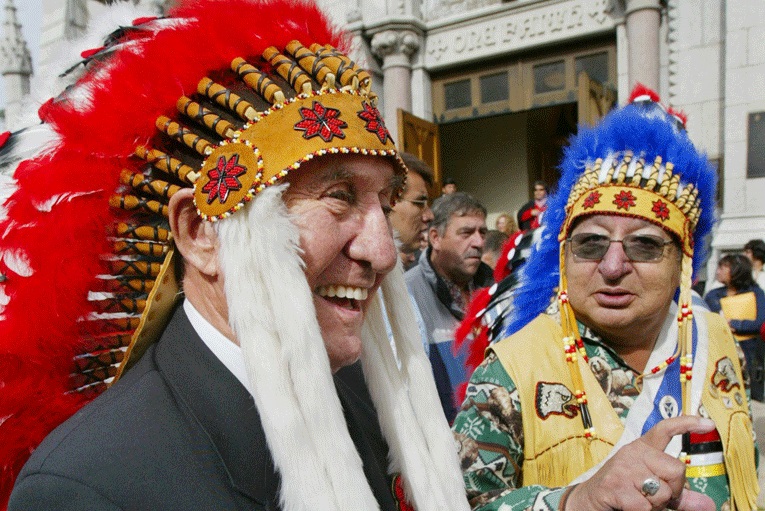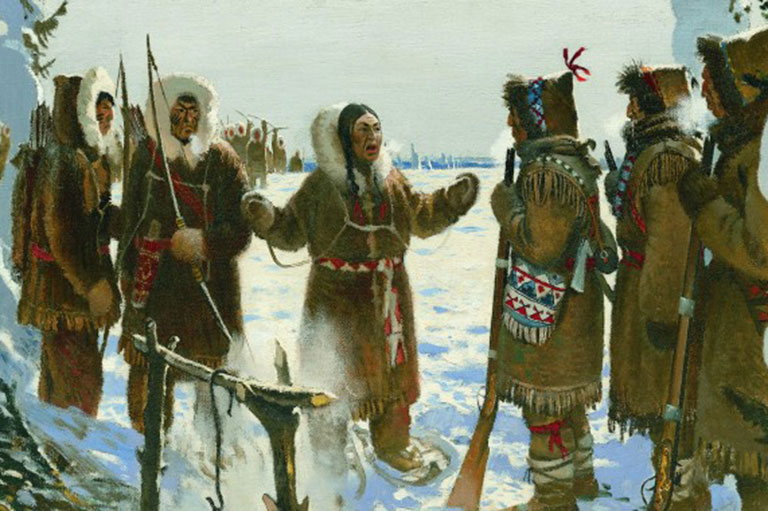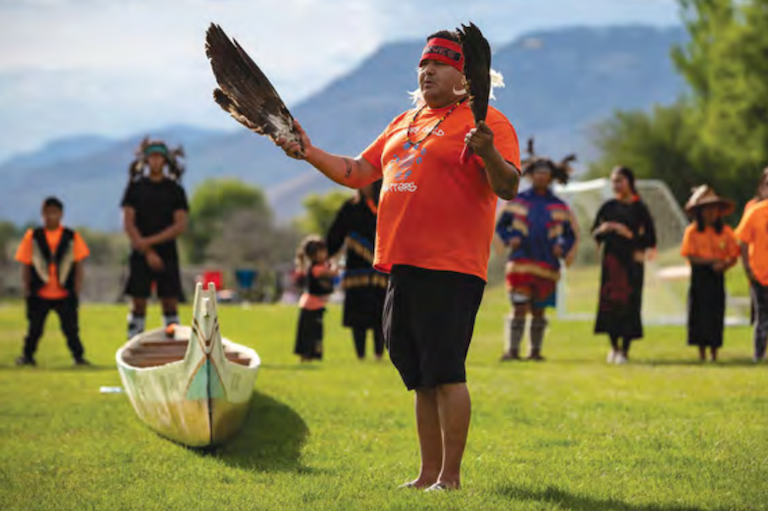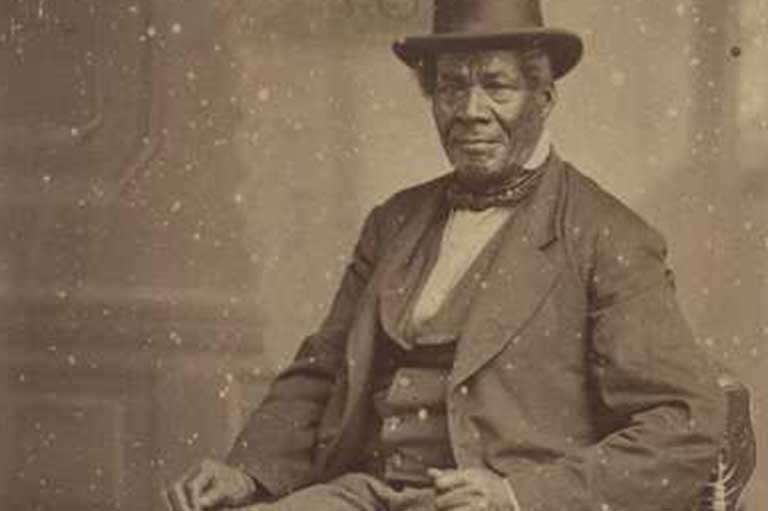Nations in Waiting: The BC Treaty Experience
Grade Levels: 7/8, 9/10, 11/12
Subject Area: Social Studies/History
This lesson is based on the article "Nations in Waiting” written by Guuduniia LaBoucan in the Treaties and the Treaty Relationship issue of Canada's History magazine.
Lesson Overview
In this lesson students investigate the Treaty experience in British Columbia by exploring and assembling a timeline of significant events. They study these events considering their historical significance in the past, today, and in the future.
Time Required
One – two class periods
Historical Thinking Concept(s)
- Establish historical significance
- Identify continuity and change
Learning Outcomes
Students will:
- Explore the historical and contemporary significance of the Treaty experience in British Columbia.
- Construct a timeline of the British Columbia Treaty experience.
- Assess the historical significance of the Treaty experiences in BC.
The Lesson Activity
Activating: How will students be prepared for learning?
- Display a map of Treaties. Be sure all students can view the map.
- Ask:
- What does the map depict?
- Describe the map. What can you infer about Treaties?
- Locate and indicate British Columbia.
- Based on the map, how do you think the BC Treaty experience is the same and/or different than in other regions in Canada?
- Encourage and lead an all-class discussion.
- Divide the class equally into 16 (either groups or singles).
- Distribute copies of the Treaties and the Treaty Relationship issue of Canada’s History magazine.
- Instruct students to turn to page 47.
- Invite a volunteer to read aloud the title of the magazine article “Nations in Waiting: British Columbia’s First Nations are in a unique situation regarding Treaties.”
- Ask: thinking about the map and the title, what does this sentence mean: British Columbia’s First Nations are in a unique situation regarding Treaties?
- Encourage and lead an all-class discussion.
Acquiring: What strategies facilitate learning for groups and individuals?
- Assign each group/student one of the following dates:
- 1763
- 1846
- 1849
- 1850 – 1854
- 1861
- 1871
- 1899
- 1913
- 1973
- 1990
- 1991
- 1993
- 1997
- 1998
- 2014
- 2017
- Instruct each group to write their date at the top of a sheet of paper in large numbers.
- Using the magazine article as a source, in a short paragraph, summarize the event pertinent to the BC Treaty-making experience.
- Collect all dated summaries and organize and tape chronologically on a long wall.
- Invite students to explore and read the timeline they constructed.
- Encourage questions and discussion.
Applying: How will students demonstrate their understanding?
- Explain that historians use several criteria to establish the significance of events. They make judgments on the importance of an event, a person or groups of people, and developments in the past.
- Draw the students’ attention to the timeline. Ask:
- What event do you think was most relevant to the First Nations people living at that time? Why?
- What event best helps us understand the Treaty relationship in British Columbia today?
- What event is most remembered within the collective memory of First Nation peoples in BC?
- What event is most remembered within the collective memory of non- First Nation peoples in BC?
- What event is most revealing about government attitudes in the past?
- What event did (or will) have consequences for the future?
- Distribute printed copies of BLM #3.2 BC’s Treaty History: Establishing Historical Significance to each student.
- Instruct them to complete this handout.
Materials/Resources
- Copy/copies of the Treaties and the Treaty Relationship issue of Canada’s History magazine and/or access to magazine online
- Printed copies BLM #3.2 – one per student
- Access to Internet and projector (optional)
- Map of Treaties in Canada
Extension Activity
Ask students to re-read the article and make a note of the “three-step test to prove Aboriginal title” set out by the Supreme Court of Canada in the Delgamuukw Case Ruling, i.e., that a First Nation must prove to the courts that their Aboriginal title is based on:
- sufficient,
- continuous, and
- exclusive occupation before 1846 (when Britain claimed sovereignty over BC)
Instruct the students to write a short paper explaining the meaning of these three terms and how difficult (and expensive!) it would be to prove such “occupation” in a courtroom. Imagine trying to go back hundreds of years to find proof, especially when your ancestors did not keep written records! Can students remember any specific examples from the articles they read that would illustrate this point?
Lesson Plans
Themes associated with this article
Advertisement
Adaptations for grades 3-6

Encouraging a deeper knowledge of history and Indigenous Peoples in Canada.
The Government of Canada creates opportunities to explore and share Canadian history.

The Winnipeg Foundation — supporting our shared truth and reconciliation journey.

We contribute to the well-being of the communities we serve through grants, scholarships, sponsorships, fundraising, volunteering and collaborative relationships with community partners.

